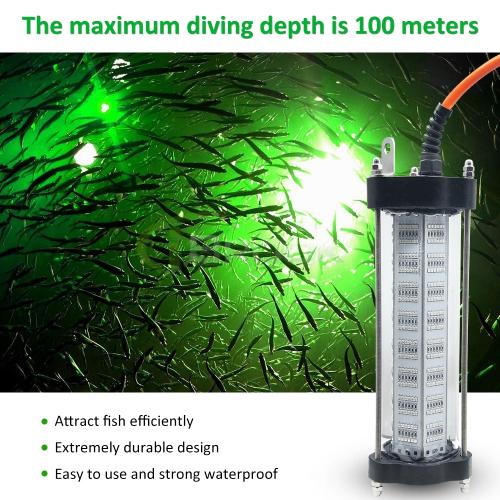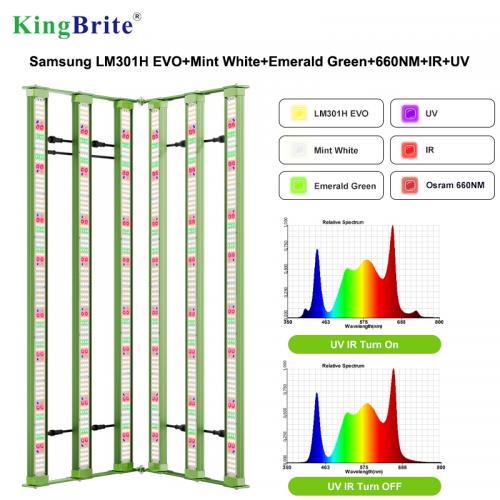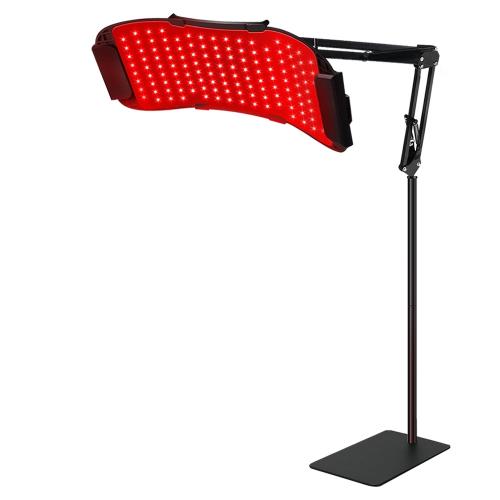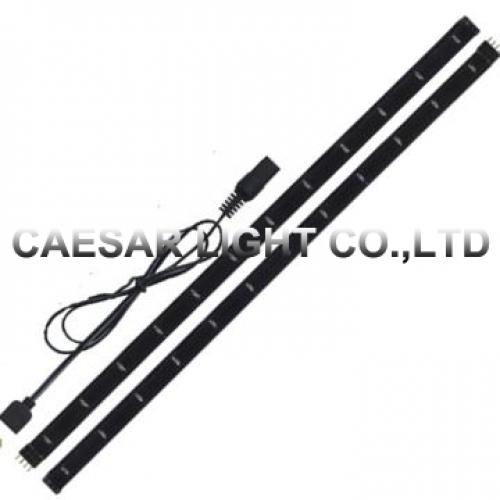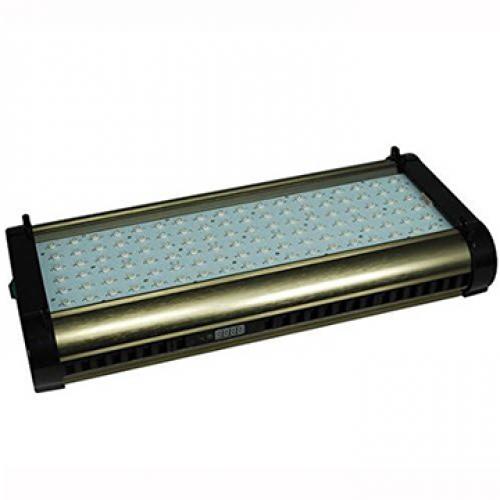What color LED light helps plants grow?
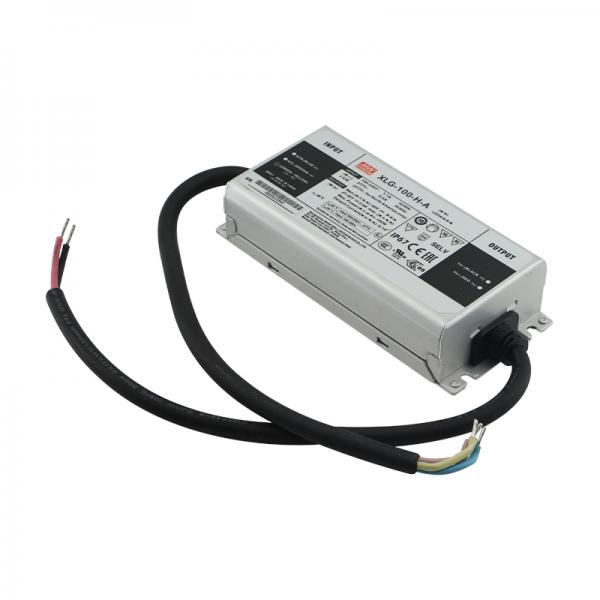
In the world of horticulture and indoor gardening, one of the most intriguing and essential elements is lighting. As plants rely on light for photosynthesis, understanding which color LED light helps plants grow is crucial for optimizing growth and ensuring healthy development. This article delves into the science behind plant growth and the role of LED lights, providing insights on how different colors impact plant growth, and offering practical advice for gardeners and indoor growers.
Photosynthesis is the process by which plants convert light energy into chemical energy, using chlorophyll to absorb light. This process is fundamental for plant growth, as it allows plants to produce the sugars necessary for energy and development. While sunlight provides a full spectrum of light, indoor environments require artificial lighting to mimic these conditions. This is where LED lights come into play.
LED lights are popular among indoor gardeners due to their energy efficiency, longevity, and ability to emit specific wavelengths of light. The color of LED light is determined by its wavelength, and different wavelengths have different effects on plant growth. The primary colors in the light spectrum that influence plant growth are blue and red.
Blue light, which falls within the 400-500 nanometer range, is critical for vegetative growth. It is absorbed by chlorophyll and plays a significant role in photosynthesis. Blue light encourages the development of strong, healthy stems and leaves, making it ideal for seedlings and young plants. It helps regulate plant growth patterns and can prevent plants from becoming leggy or elongated. For indoor gardeners, using LED lights that emit blue light can promote compact and robust plant growth.
Red light, with wavelengths between 600-700 nanometers, is vital for flowering and fruiting. It influences the flowering process by triggering the production of phytochromes, which are pigments that regulate flowering and fruit development. Red light is especially important for plants that require long daylight hours to flower, such as tomatoes and peppers. When used in conjunction with blue light, red light can enhance photosynthesis and optimize growth. Many growers use red LED lights during the flowering stage to maximize yield and improve the quality of fruits and flowers.
While blue and red lights are the most critical for plant growth, other colors also play a role. Green light, which falls in the 500-600 nanometer range, is less efficiently absorbed by chlorophyll, but it penetrates deeper into the plant canopy and can contribute to overall growth. Although it is not as impactful as blue or red light, green light can improve the quality of light distribution within a growing area.
In addition to these primary colors, some growers use full-spectrum LED lights, which mimic natural sunlight by providing a balance of all colors. Full-spectrum lights can be beneficial for plants that require a diverse range of wavelengths for optimal growth. They are particularly useful for growers who want to simplify their lighting setup and ensure their plants receive a comprehensive range of light.
When choosing LED lights for plant growth, it is essential to consider the specific needs of your plants. Different species have varying light requirements, and understanding these needs can help you select the best lighting options. For example, leafy greens like lettuce and spinach may thrive under blue light, while fruiting plants like tomatoes and strawberries benefit from a combination of blue and red light.
Moreover, the intensity and duration of light exposure are crucial factors in plant growth. LED lights should be positioned at an appropriate distance from plants to avoid light burn while ensuring adequate light penetration. The duration of light exposure, often referred to as photoperiod, should mimic natural daylight cycles to encourage healthy growth patterns. Typically, most plants require 12-16 hours of light per day during the vegetative stage and 8-12 hours during the flowering stage.
In conclusion, understanding the role of different color LED lights in plant growth is vital for optimizing indoor gardening. Blue light promotes vegetative growth and robust development, while red light enhances flowering and fruiting. Green light, although less impactful, contributes to light penetration and distribution. Full-spectrum LED lights offer a balanced approach, providing a comprehensive range of wavelengths. By considering the specific needs of your plants and adjusting light intensity and duration, you can create an optimal environment for healthy and productive plant growth. Whether you're a hobbyist gardener or a professional grower, leveraging the power of LED lights can transform your indoor gardening experience, leading to bountiful harvests and thriving plants.

 Afrikaans
Afrikaans Čeština
Čeština Dansk
Dansk Deutsch
Deutsch Español
Español Francais
Francais Italiano
Italiano Magyar
Magyar Nederlands
Nederlands Norsk
Norsk Polski
Polski Português
Português Română
Română Slovák
Slovák Suomi
Suomi Svenska
Svenska Tiếng Việt
Tiếng Việt Türk dili
Türk dili Ελλάδα
Ελλάδα Русский
Русский اللغة العربية
اللغة العربية แบบไทย
แบบไทย 中文繁體
中文繁體 日本語
日本語 한국인
한국인

